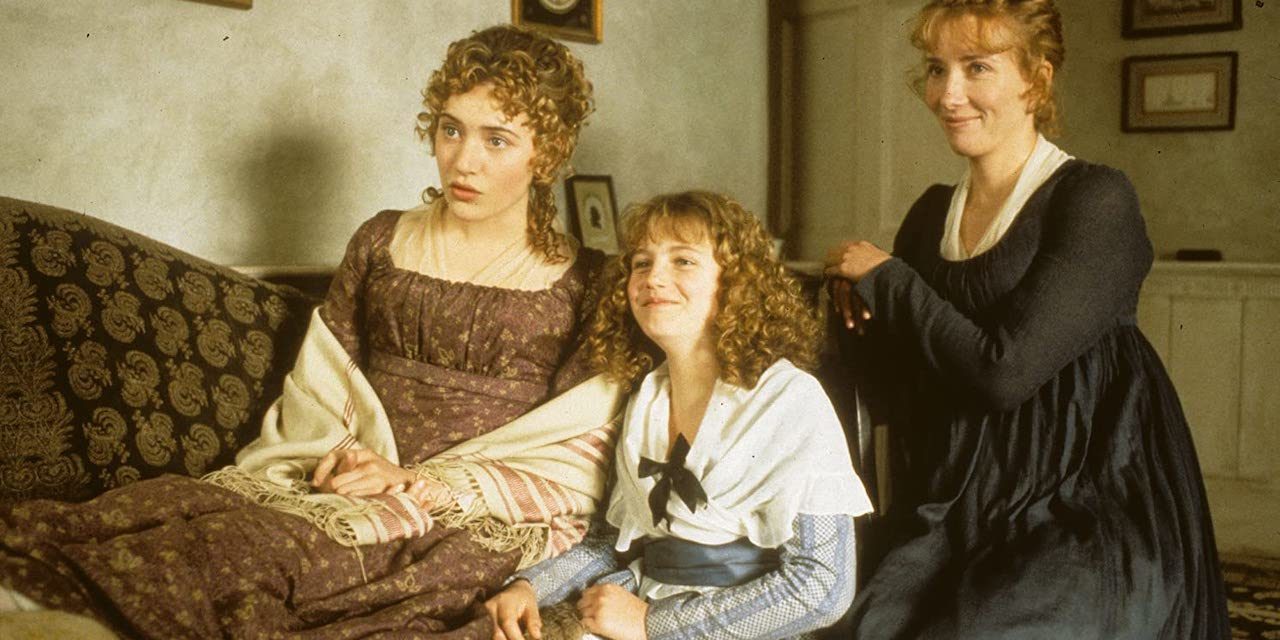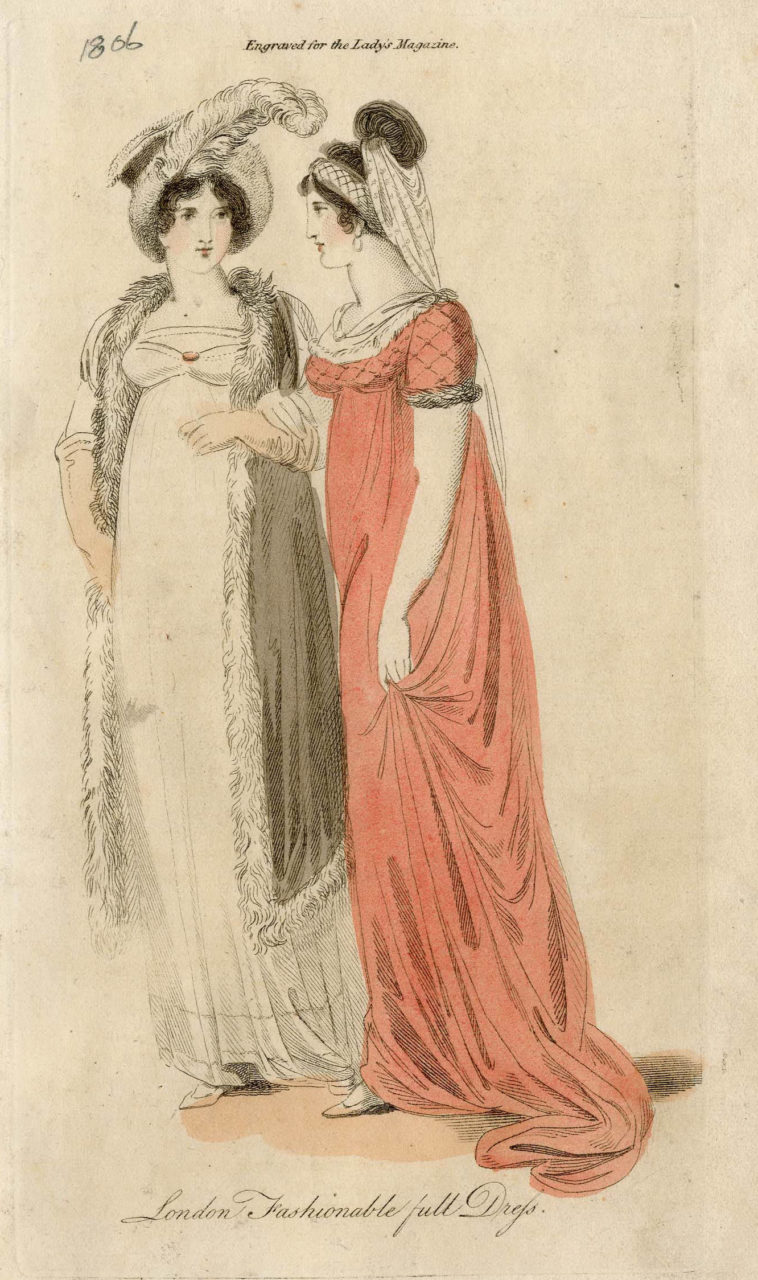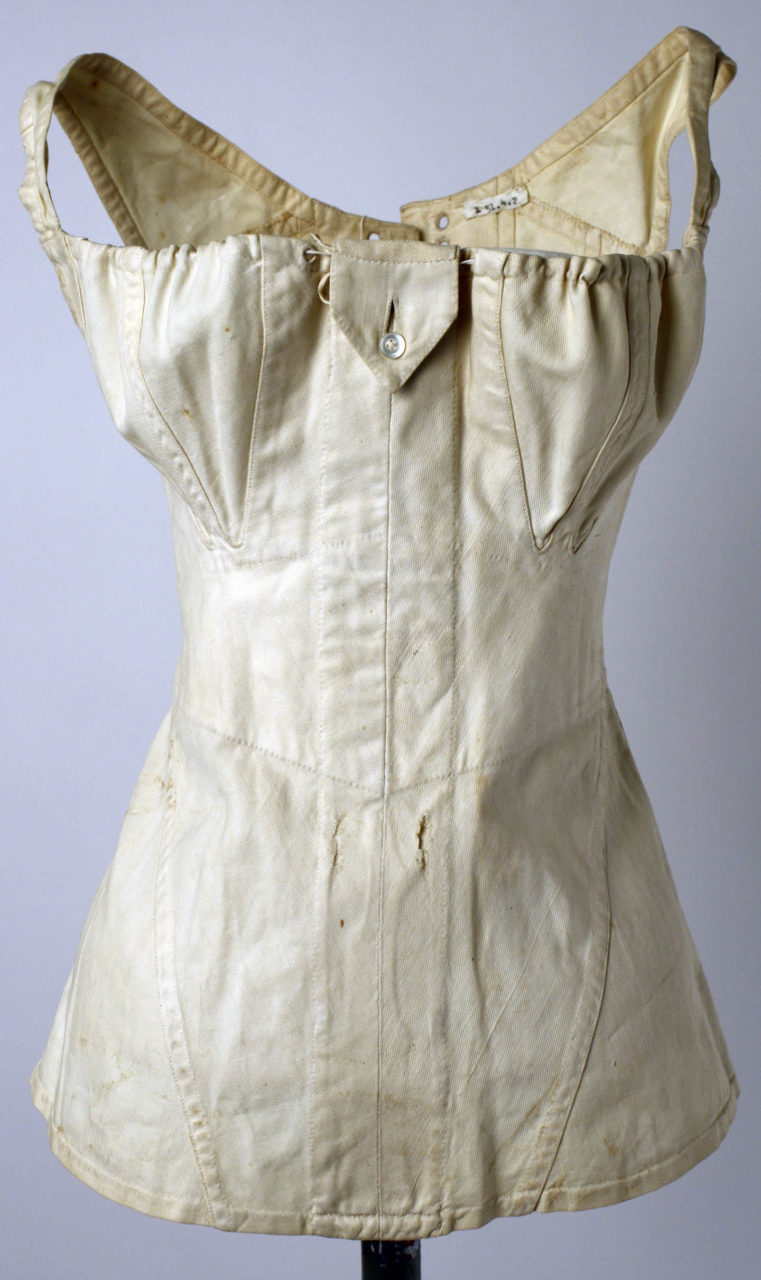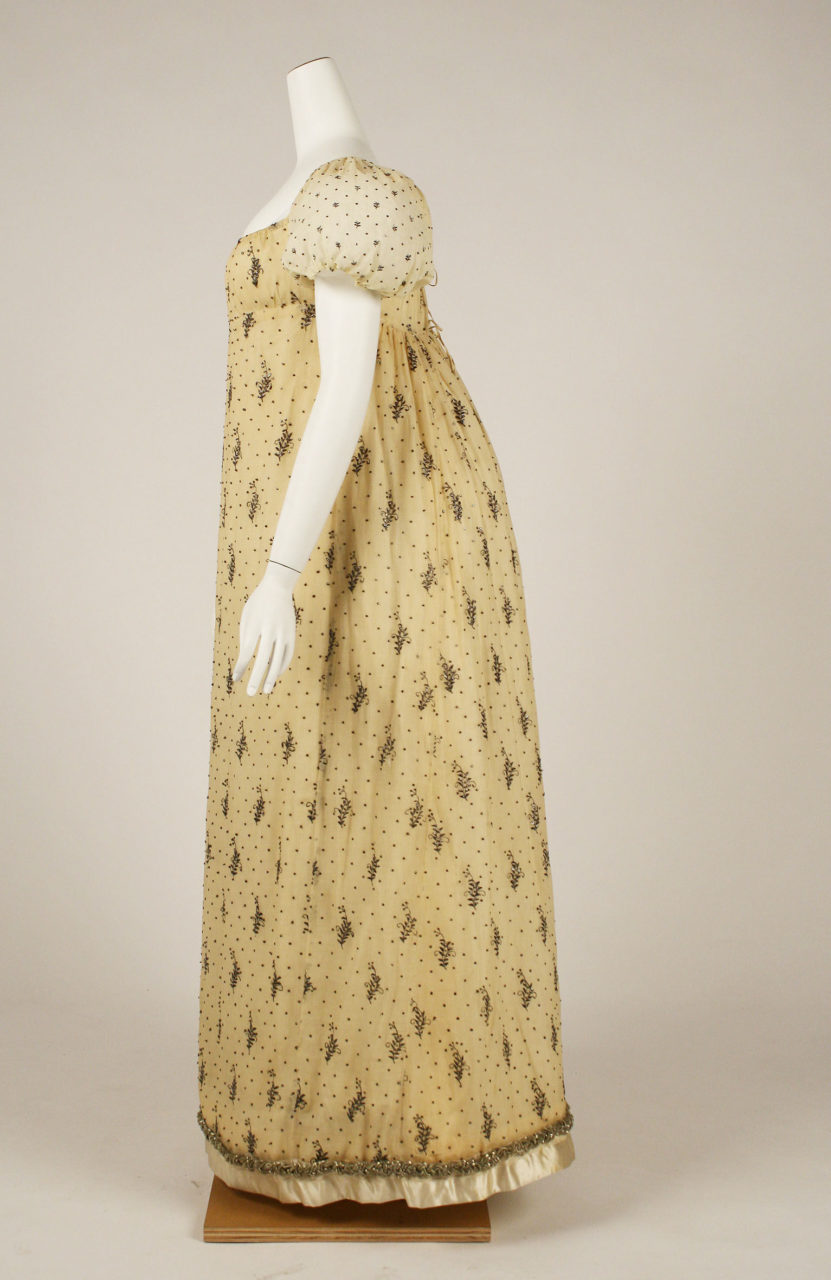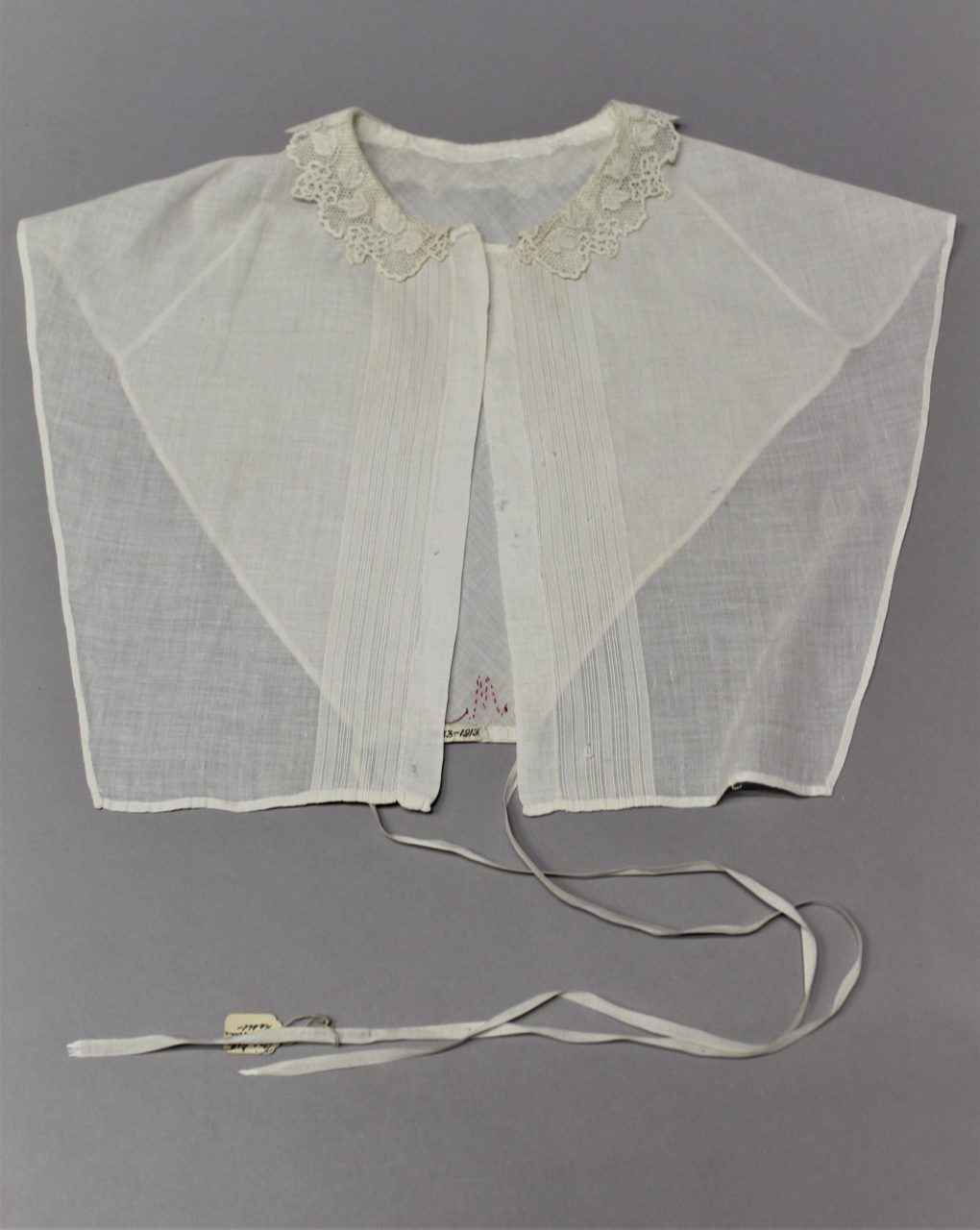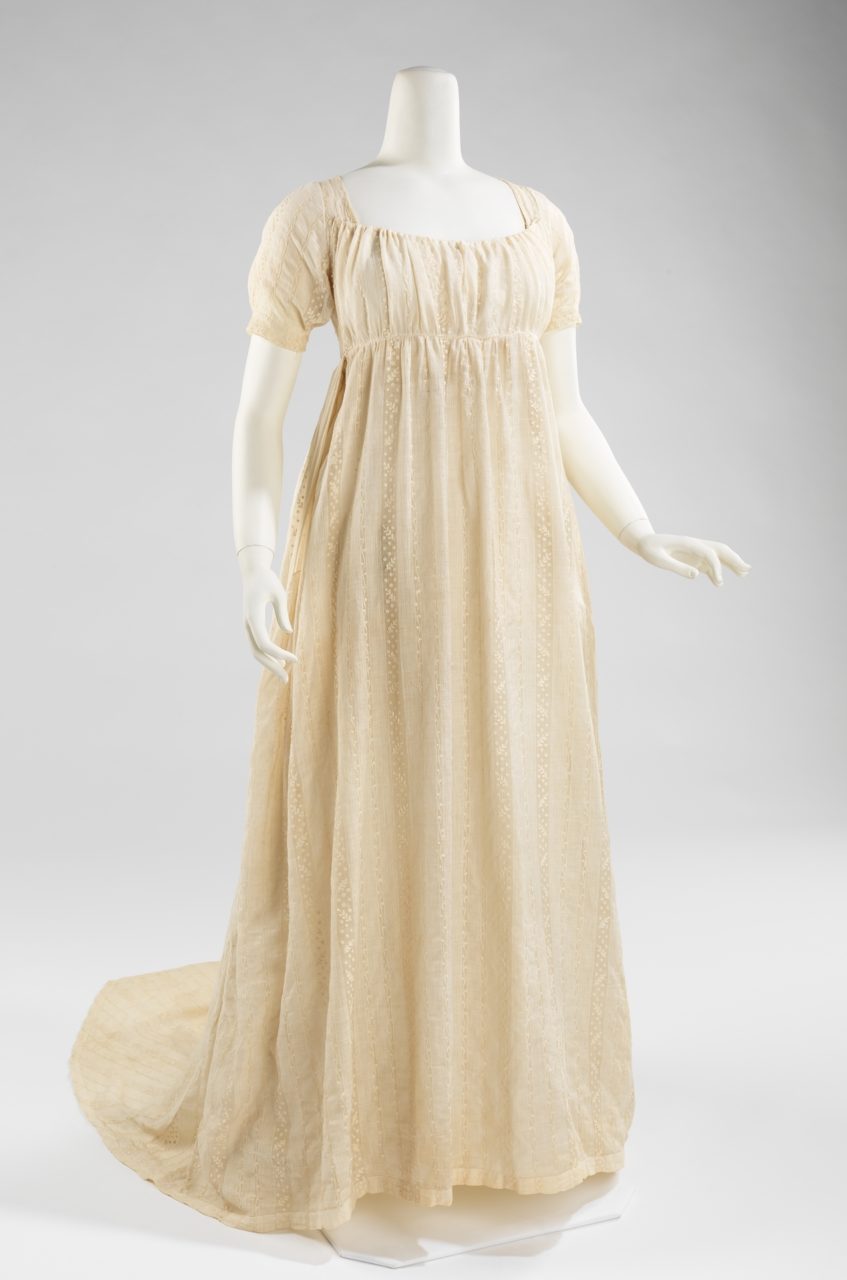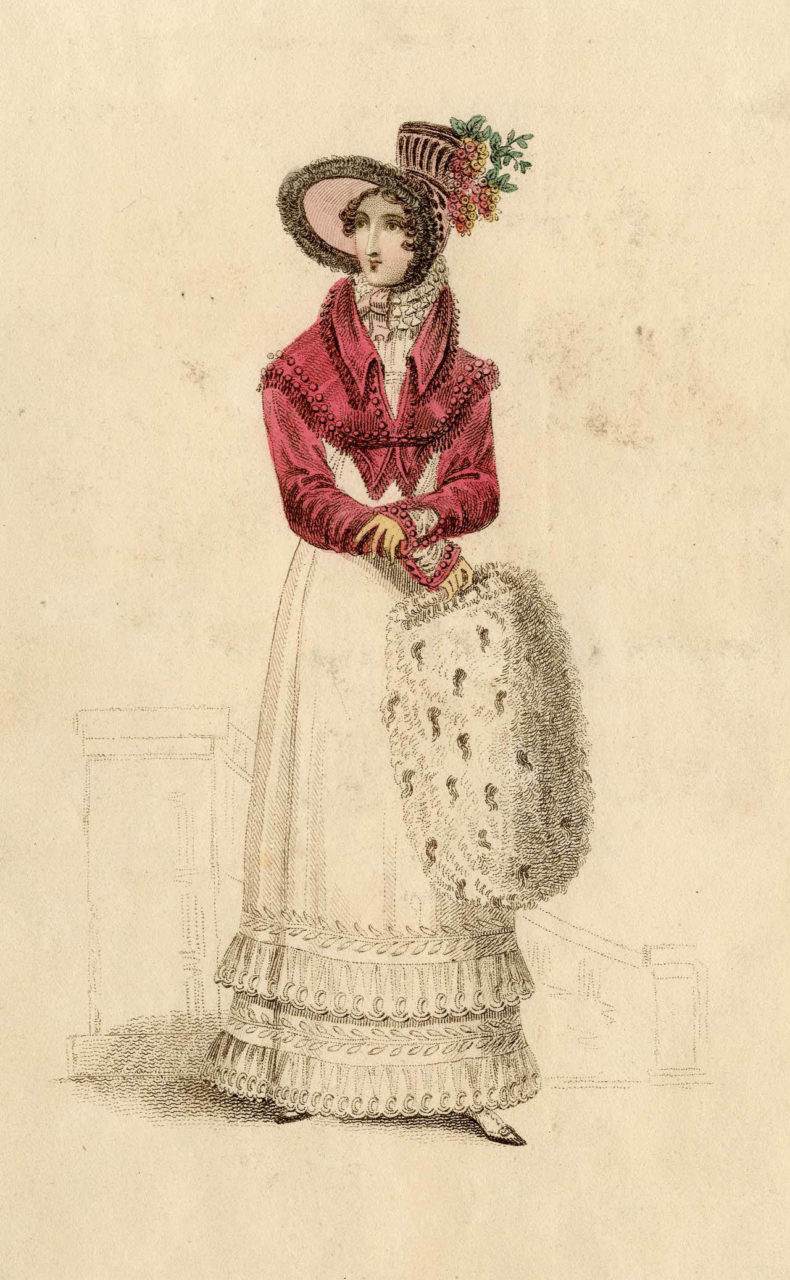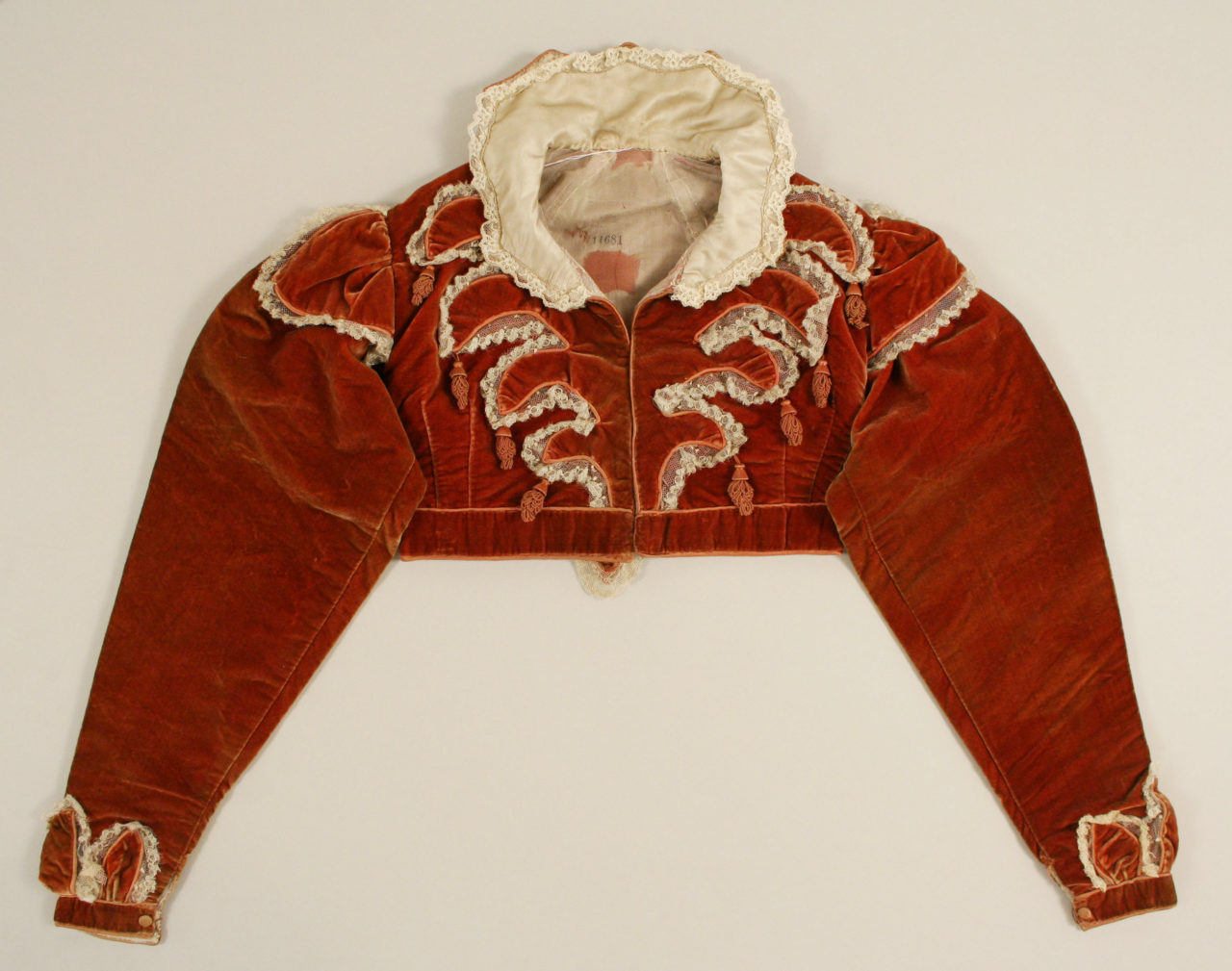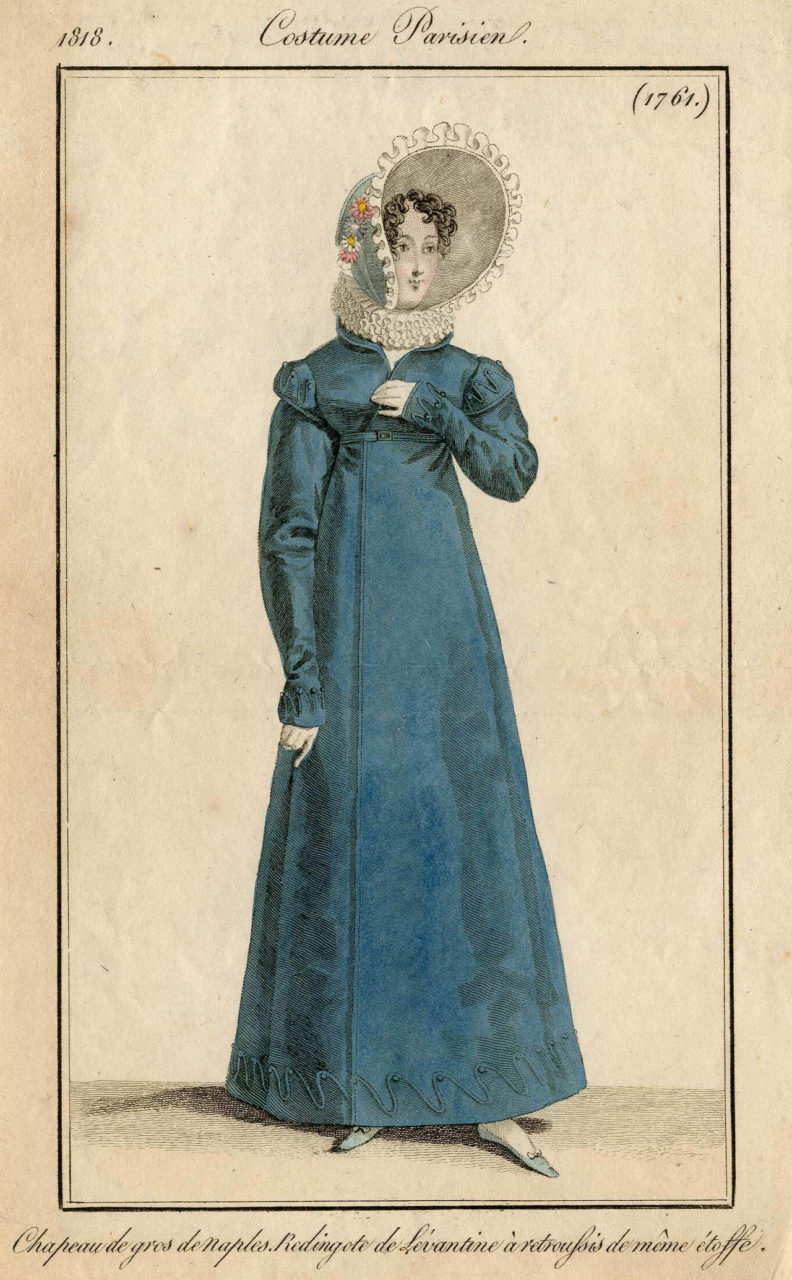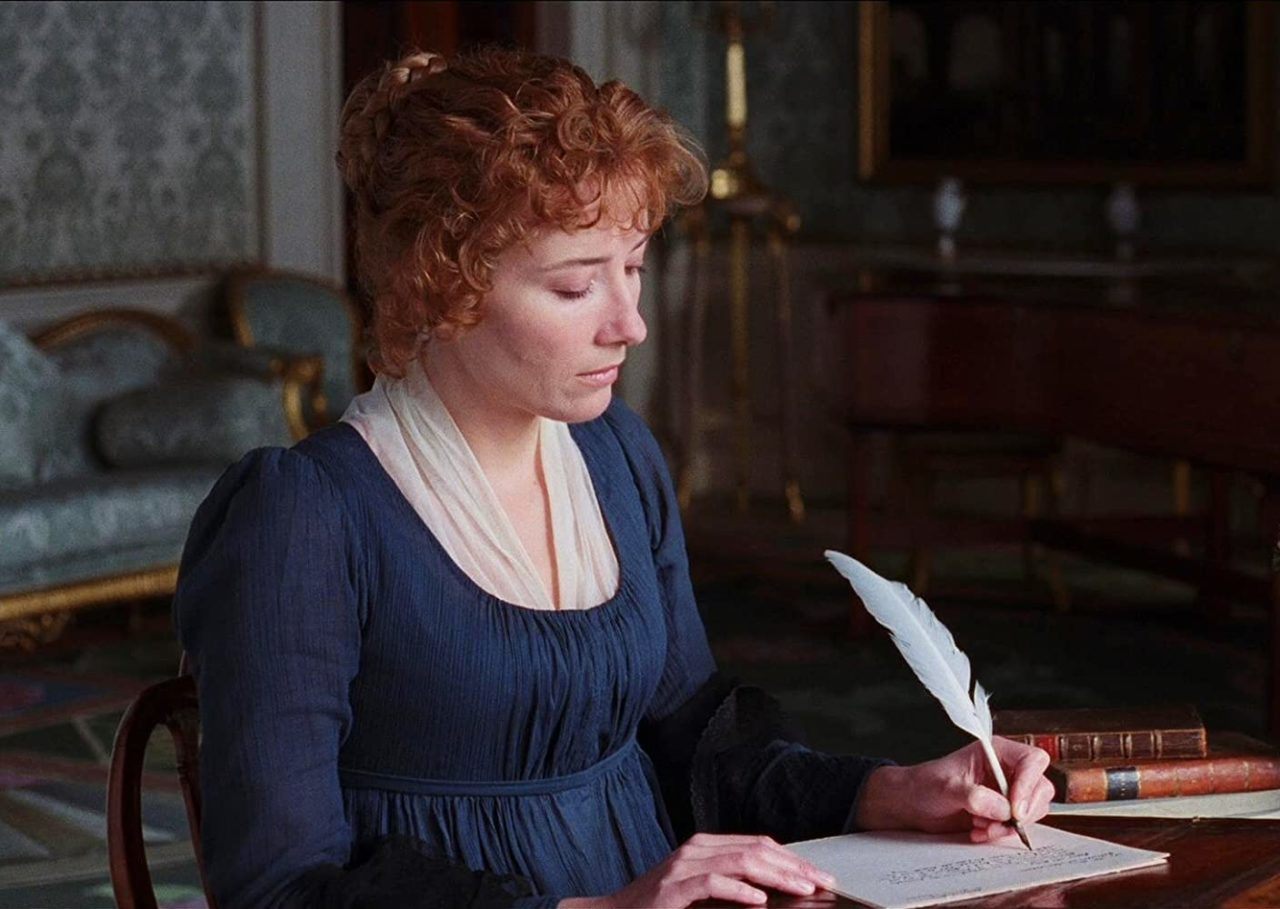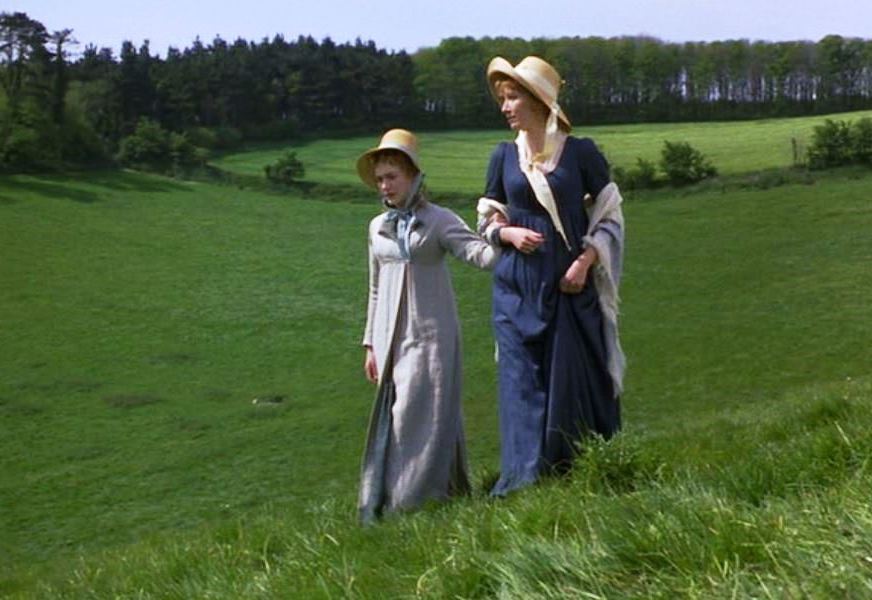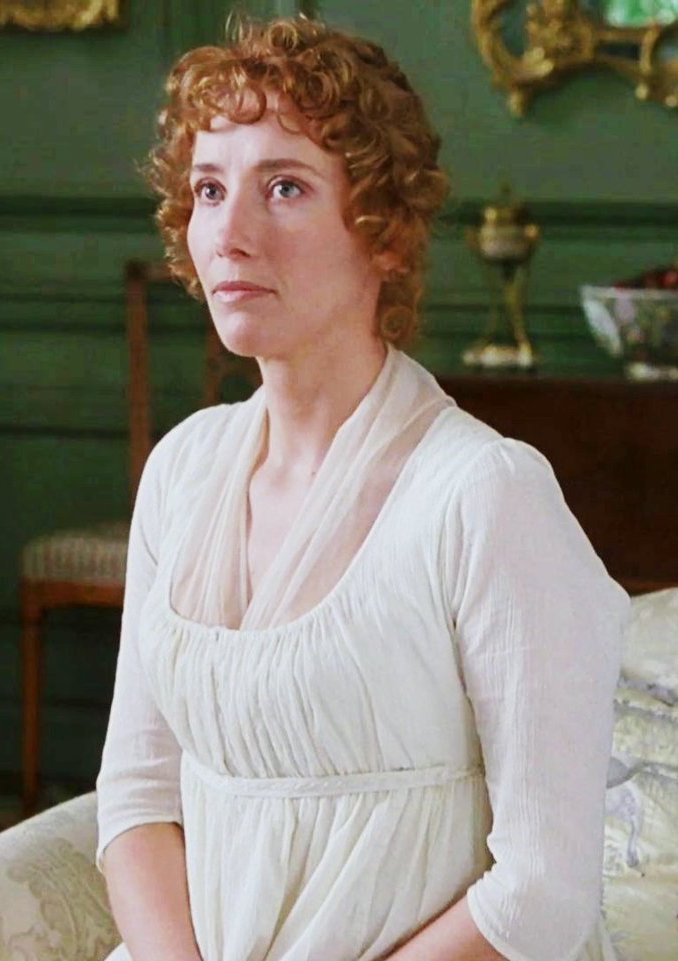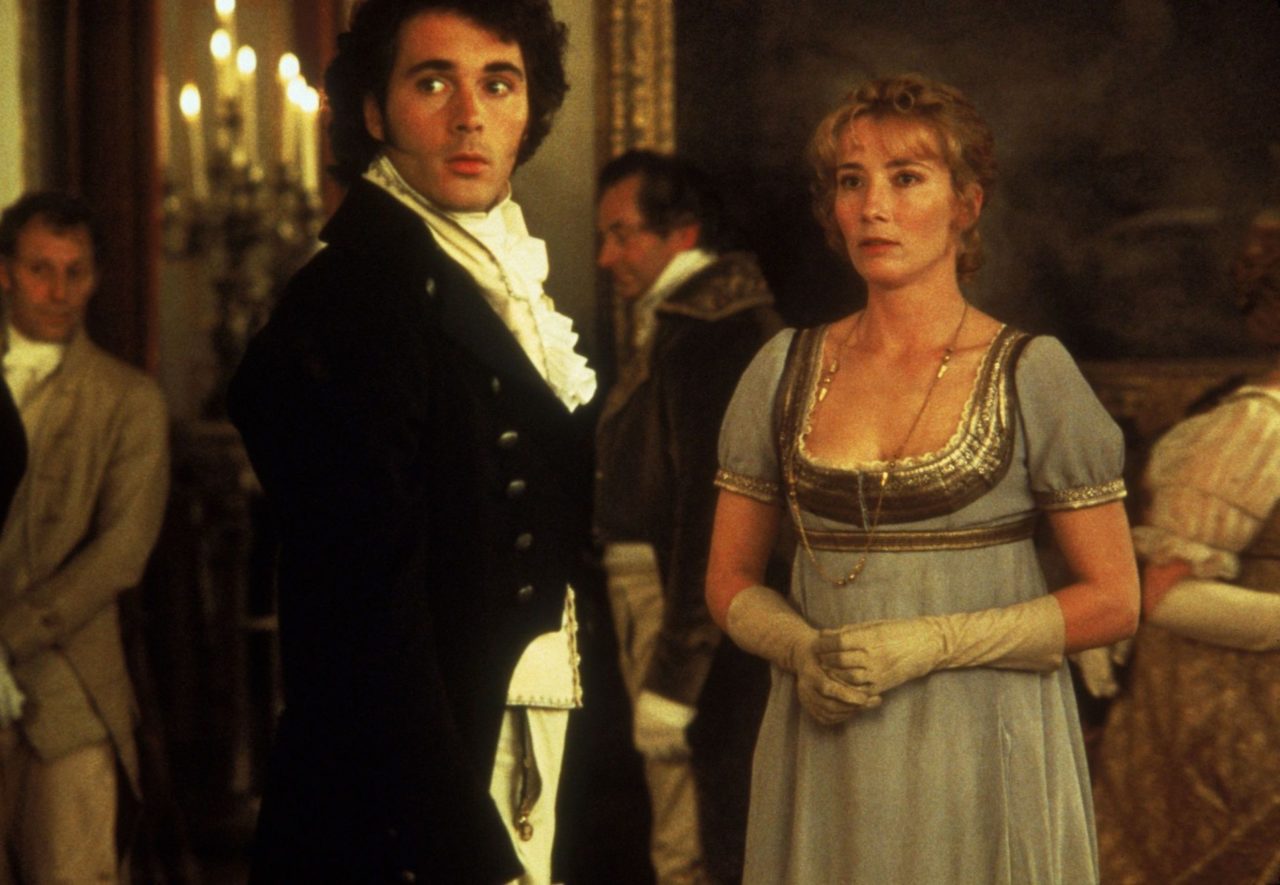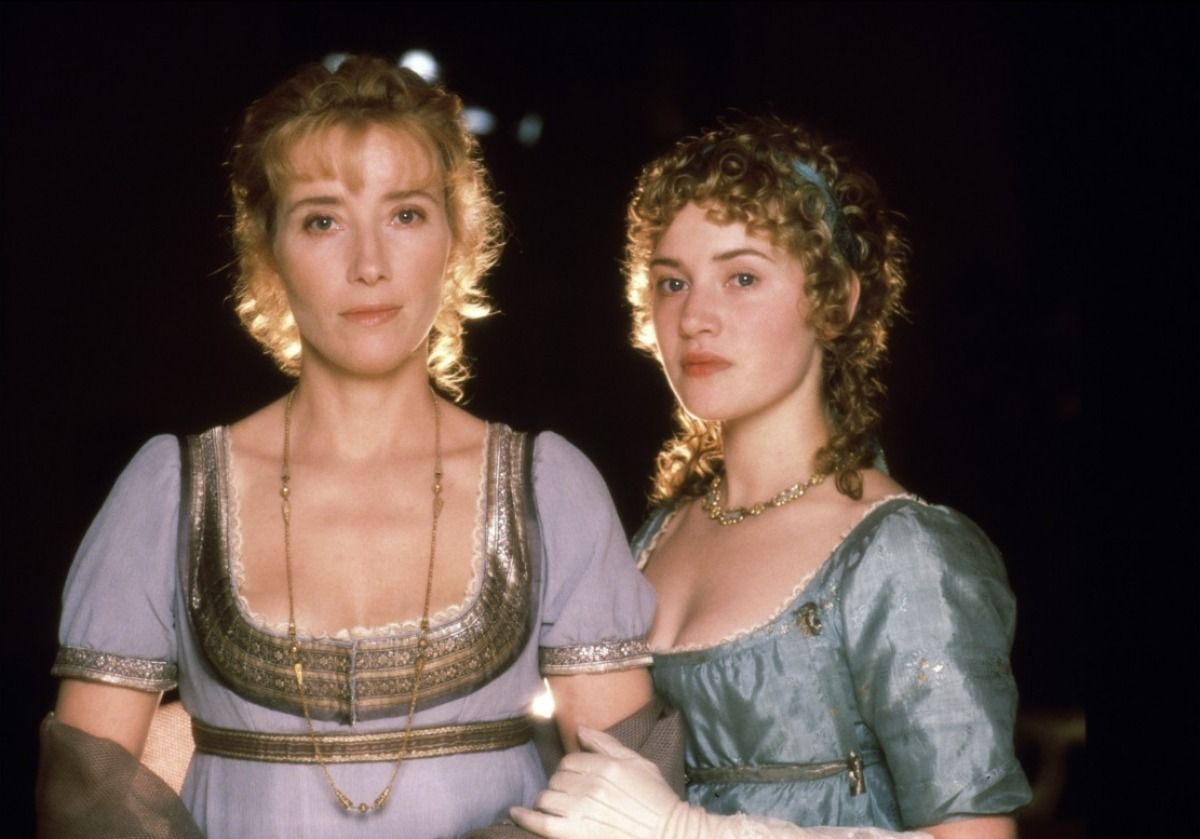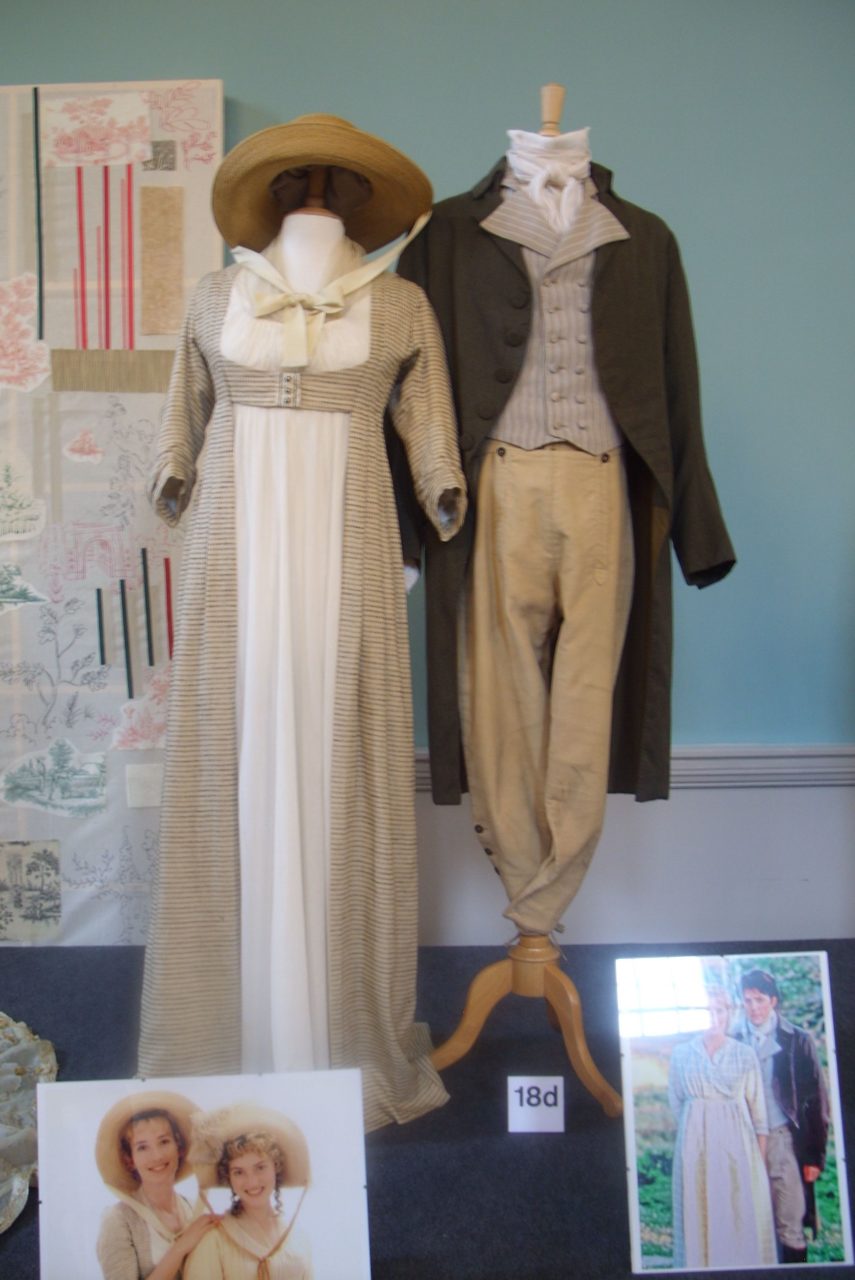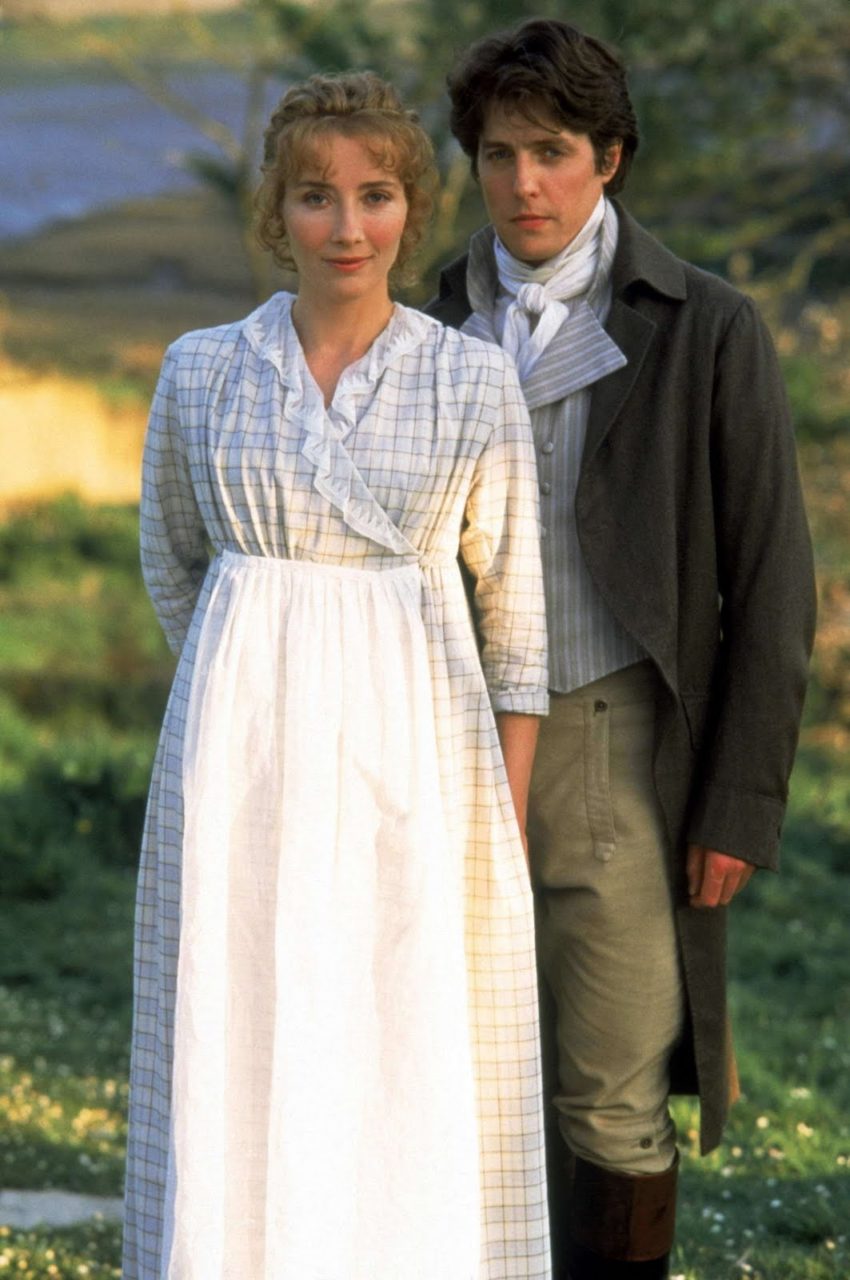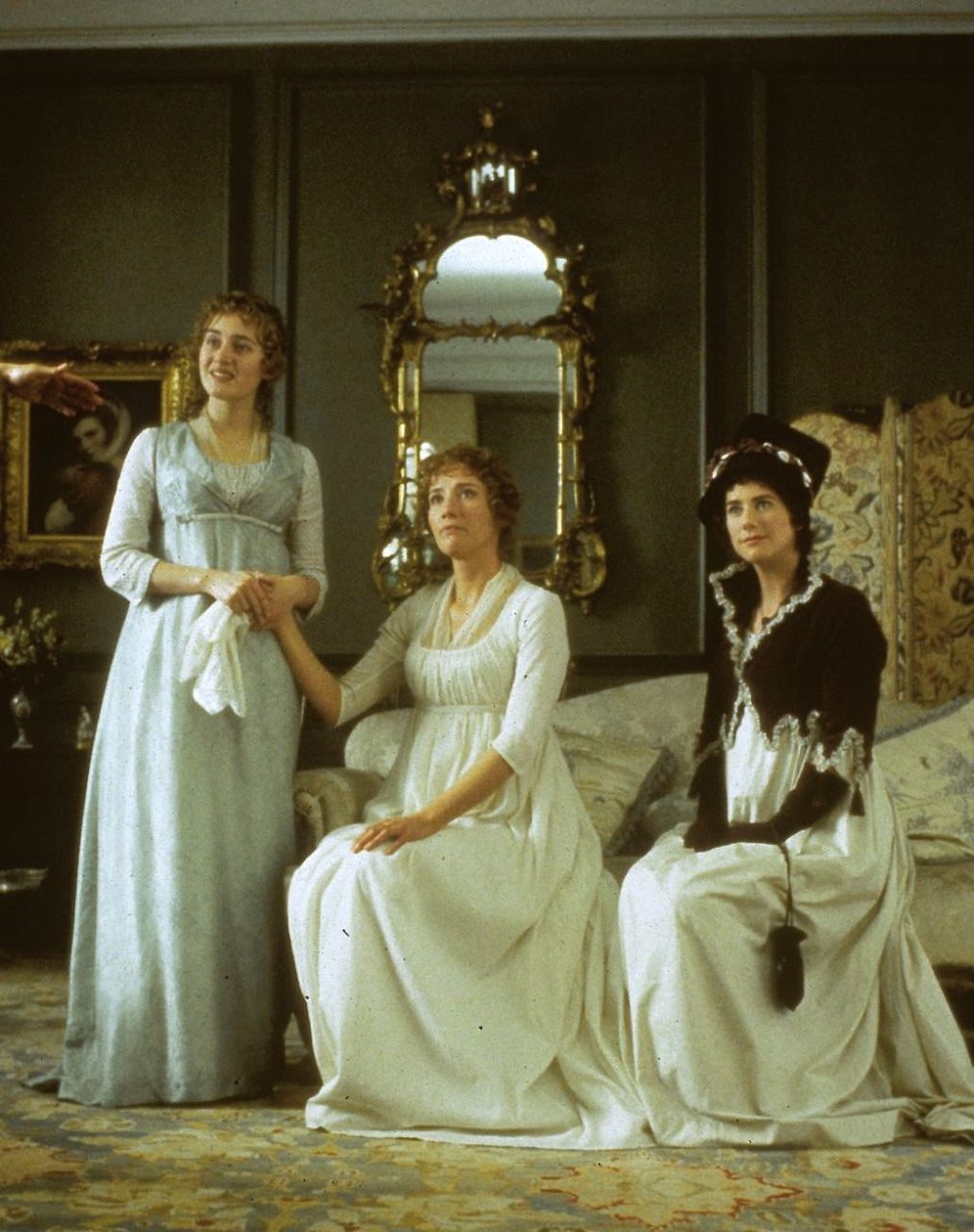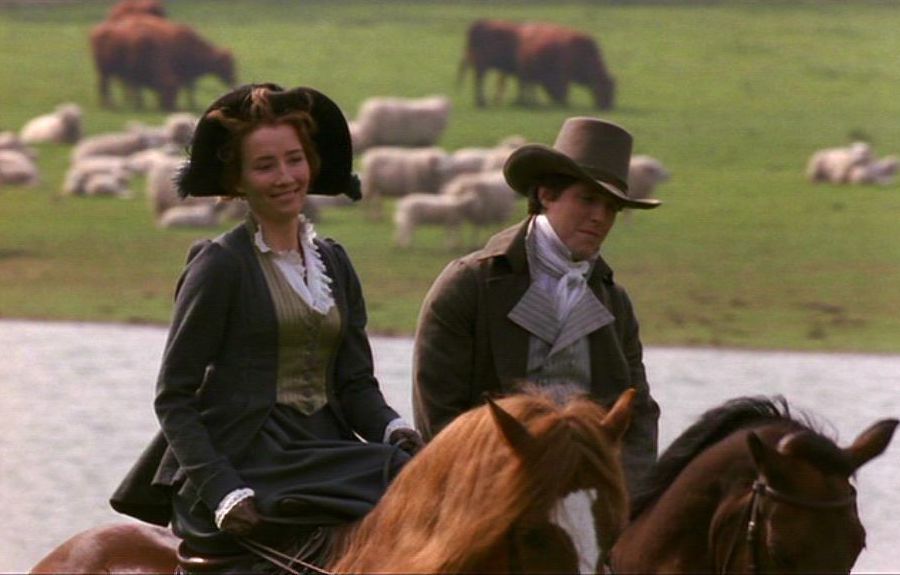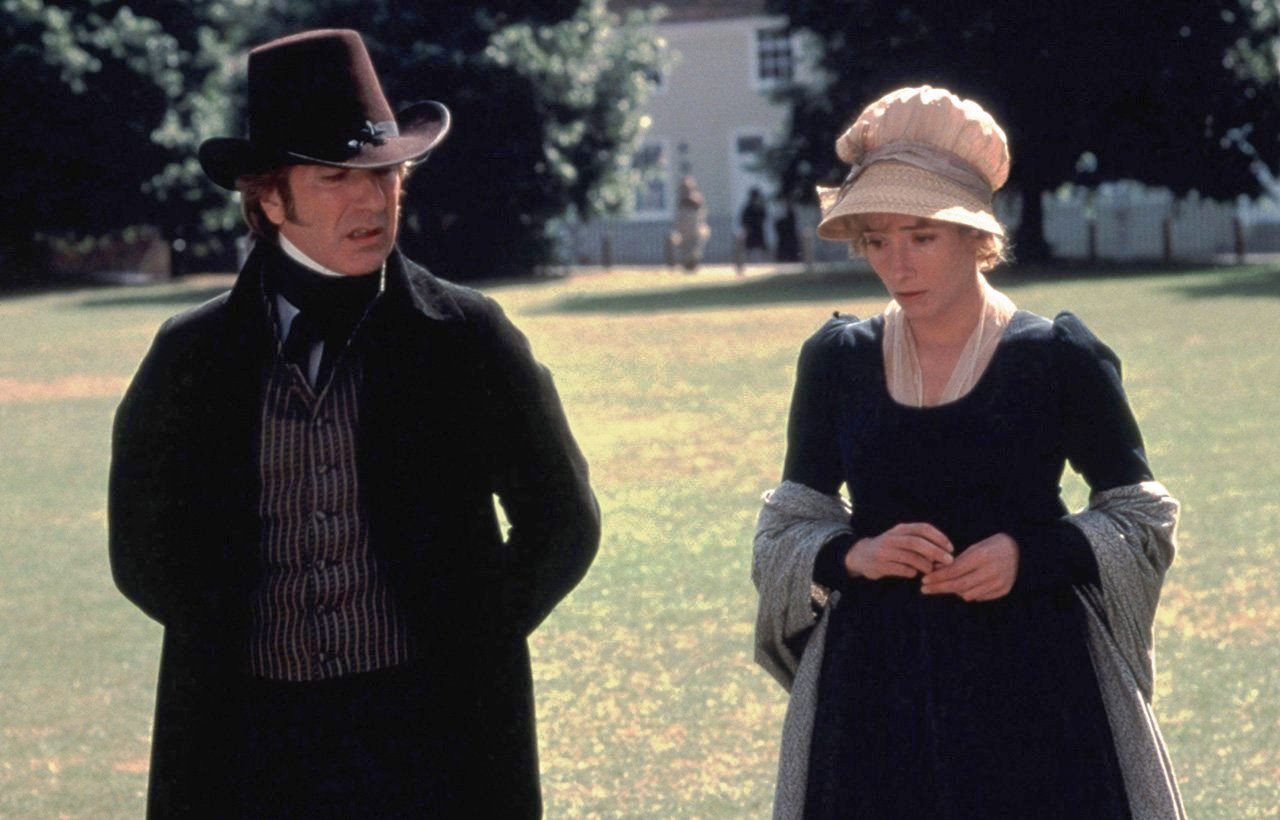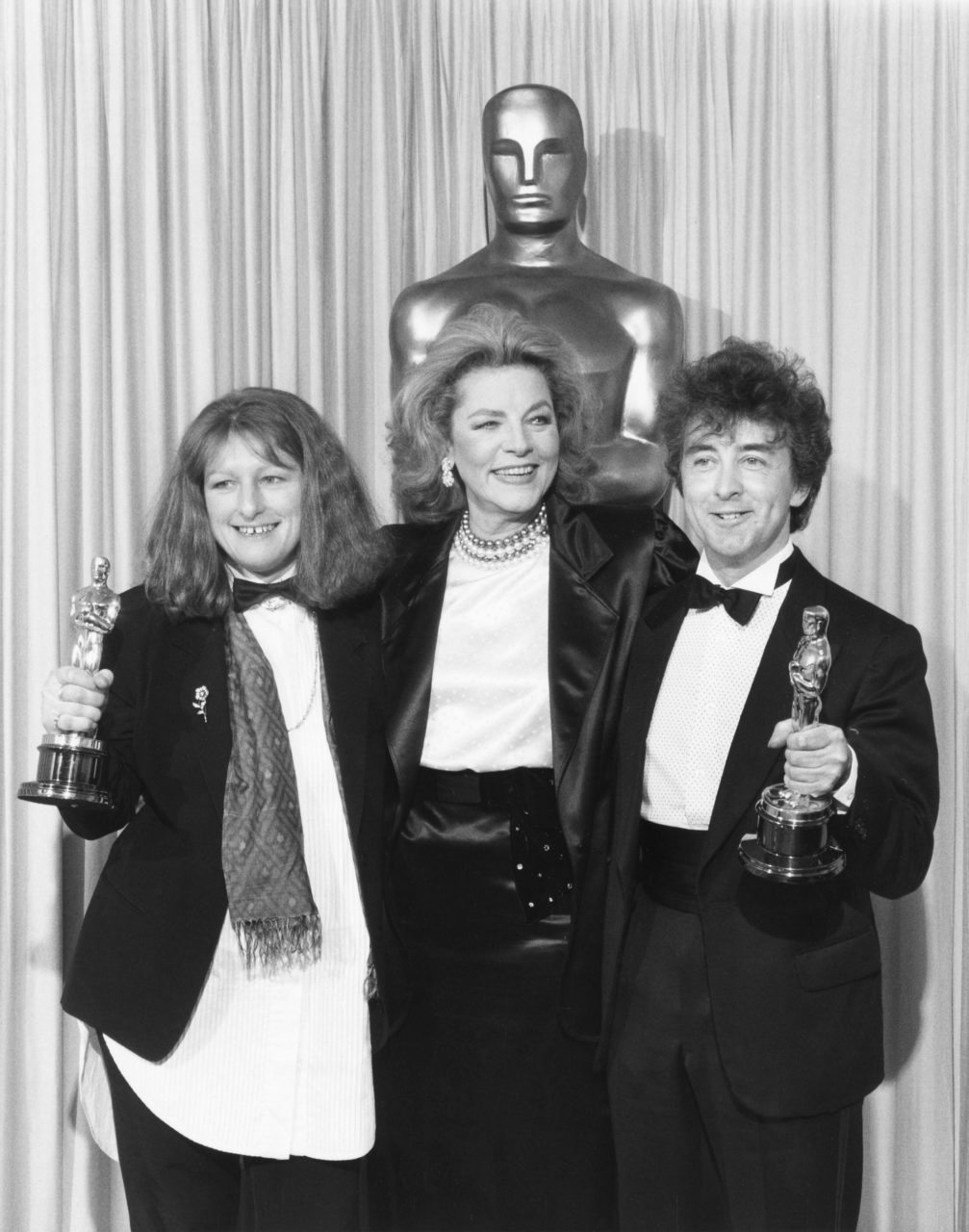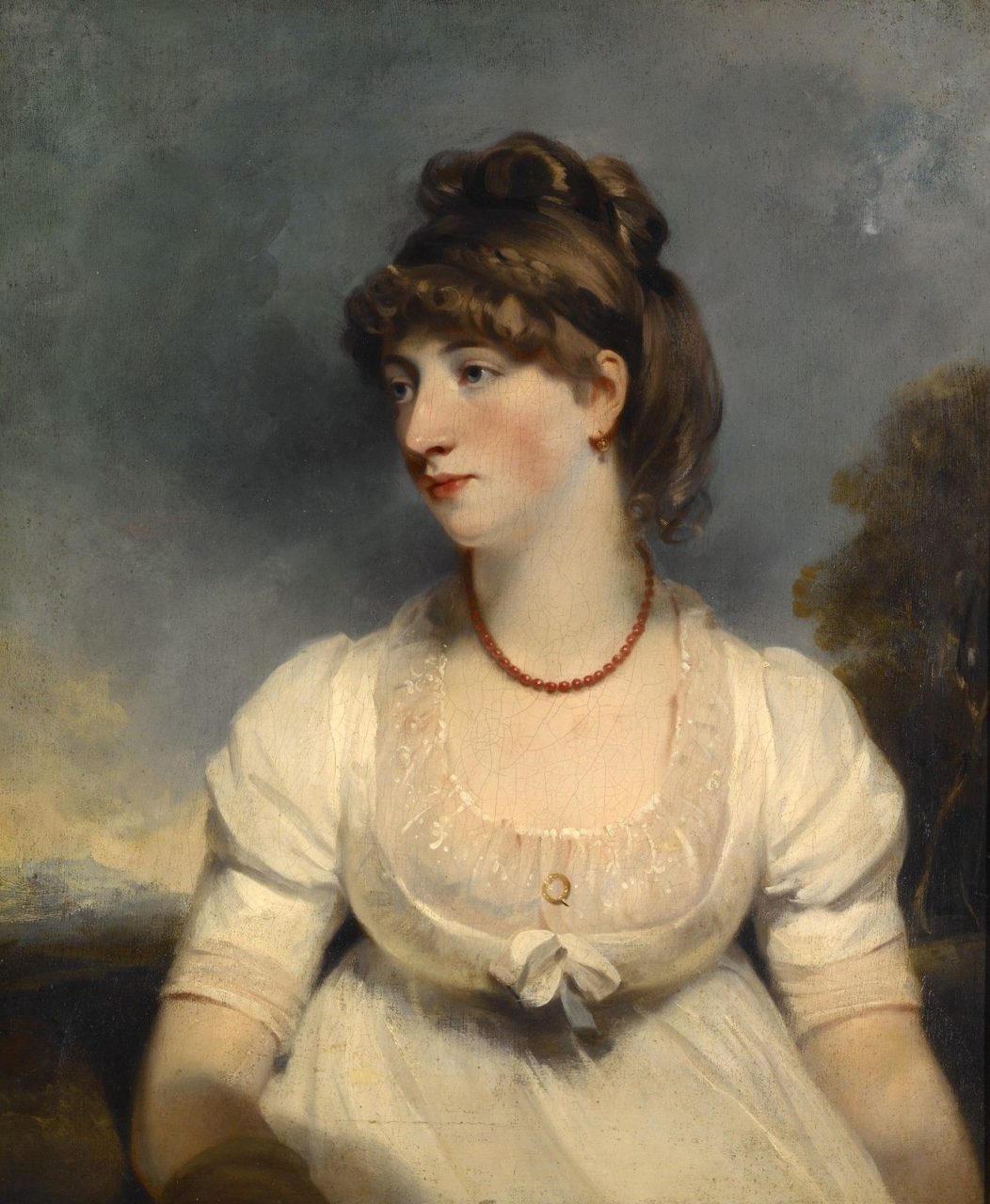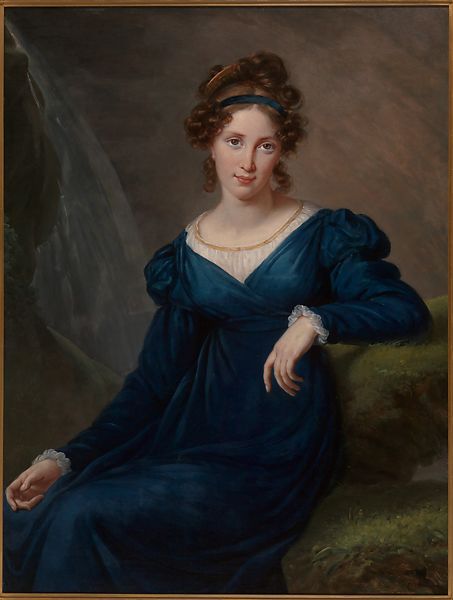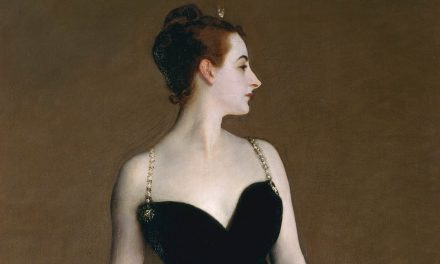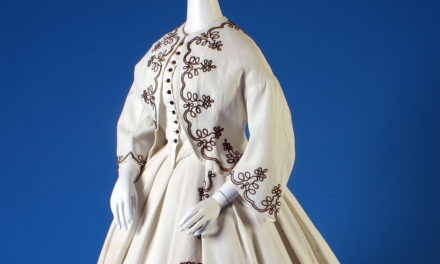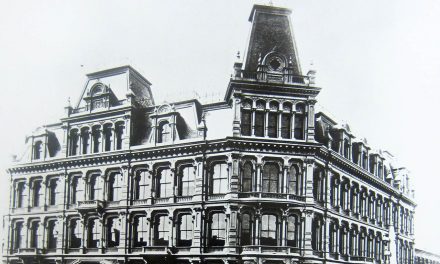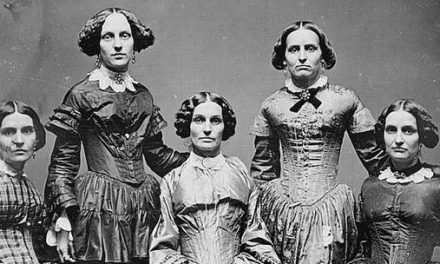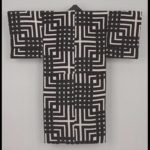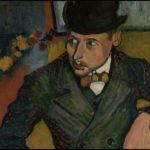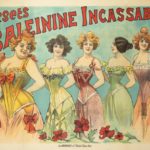Synopsis
Rich Mr. Dashwood dies, leaving his second wife and her three daughters poor by the rules of inheritance. The two eldest daughters are the title opposites.
Directed by
Ang Lee
Release date
26 January 1996 (USA)
Costume Designers
- Jenny Beavan
- John Bright
Studio
- Columbia Pictures
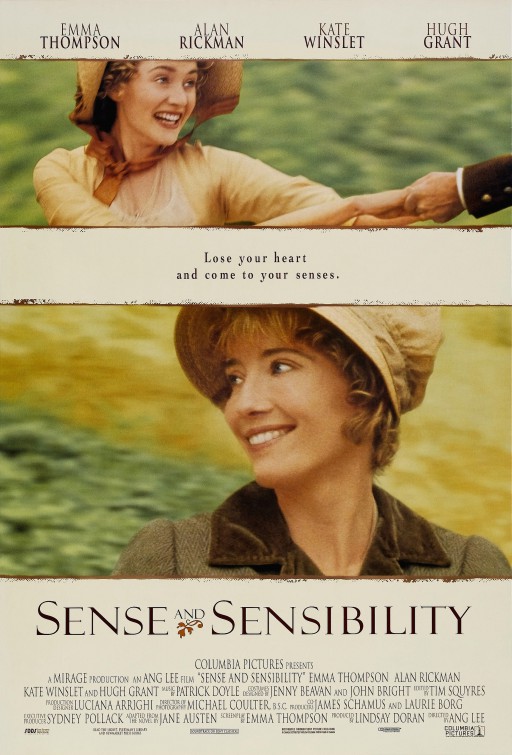
Film trailer
Introduction
T
About the Period Setting
Fig. 1 - Artist unknown (British). London Fashionable Full dress, engraved for the Lady's Magazine, 1806. Ink on paper. New York: Metropolitan Museum of Art, b17509853. Gift of Woodman Thompson. Source: Metropolitan Museum of Art Digital Collections
Fig. 2 - Maker unknown (American). Corset, ca. 1811. Cotton. Metropolitan Museum of Art: New York, X.51.4.2. Museum accession. Source: Metropolitan Museum of Art
Fig. 3 - Maker unknown (French). Dress, 1805–10. Cotton. New York: Metropolitan Museum of Art, C.I.43.13.6. Gift of Mrs. John Jay Whitehead, in memory of Mrs. Gertrude Moulton, 1943. Source: Metropolitan Museum of Art
Fig. 4 - Maker unknown. Chemisette, 1800–1849. White embroidered cotton on net ground collar. London: Victoria & Albert Museum, T.1833-1913. Textiles and Fashion Collection. Source: Victoria & Albert Museum
From 1800 to 1810, white was the most popular color (Fig. 5), and any applied trimming was used sparingly (Le Bourhis, 101, 217). Fabrics tended to be lightweight, with delicate embroidery and details that did not interrupt the line of the dress. Outerwear consisted of long shawls, pelisses, and spencers—waist-length jackets named after Lord Spencer (Figs. 6, 7). Pelisses were popular from 1800 to 1810 as coat-like garments in the high-waisted Empire silhouette to cover light dresses (Le Bourhis 249) (Fig. 8). The colors for fashionable pelisses included golden brown, dark green, and blue. The pelisse was normally worn over a light-colored gown, which would be visible underneath through the center front opening.
From 1810 to 1820 dresses became slightly more structured through padded hems and stiffer fabrics such as twills and taffeta (Cunnington 57). Soft colors returned to fashion after a decade-long absence from fashionable dress. Sleeves began to grow fuller near the shoulder, and the high waistline endured. The waistline would eventually start to lower, and skirts widened ever so slightly (Laver 157).
Fig. 5 - Maker unknown (American). Dress, 1800–1805. Cotton, linen. New York: Metropolitan Museum of Art, 2009.300.3328. Brooklyn Museum Costume Collection at The Metropolitan Museum of Art, Gift of the Brooklyn Museum, 2009; Gift of the Jason and Peggy Westerfield Collection, 1969. Source: Metropolitan Museum of Art
Fig. 6 - Artist unknown (British). Fashion Plate - Walking dress, 1819. Ink on paper. New York: Metropolitan Museum of Art, b17509853. Gift of Woodman Thompson. Source: Metropolitan Museum of Art Digital Collections
Fig. 7 - Maker unknown (British). Spencer, 1819–1822. Silk. New York: Metropolitan Museum of Art, C.I.68.68.4. Purchase, Irene Lewisohn Bequest, 1968. Source: Metropolitan Museum of Art
Fig. 8 - Artist unknown (French). Costume Parisien, 1818. Ink on paper. New York: Metropolitan Museum of Art, b17509853. Gift of Woodman Thompson. Source: Metropolitan Museum of Art Digital Collections
About the Costume Design
T
he costumes in Sense and Sensibility convey each character’s personality quite effectively, and the difference between the upper class and lower class is clearly shown. Many characters in the film had somewhat elaborate costumes with unique fabrics and trimmings, while Elinor Dashwood’s comparatively simple wardrobe reveals her ‘sensible’ personality. Elinor is around twenty-seven years old in the movie, although the character is nineteen in the original novel.
In the first scene in which she appears, Elinor wears a navy gown, the darkness of which hints at her father’s recent death. It is one of two dark-colored gowns that she owns; the other one is deep green with gold trimmings. Neither are particularly fancy when compared to the clothing worn by the other characters, but they are fitting for Elinor’s situation. In its practical simplicity, the navy blue day dress is the costume which best represents the character of Elinor (Fig. 9). Additionally, while there are no trimmings or embellishment on the dress itself, the color perfectly compliments Thompson’s blue eyes. This flattering effect may have been the reason that costume designers Jenny Beavan and John Bright had her wear it in several other scenes.
Fig. 9 - Emma Thompson (Elinor Dashwood). Sense and Sensibility, 1995. Courtesy of Columbia Pictures. Source: IMDb
Fig. 10 - Kate Winslet and Emma Thompson (Marianne and Elinor Dashwood). Sense and Sensibility, 1995. Courtesy of Columbia Pictures. Source: IMDb
Elinor is a very sensible woman in direct contrast to her impulsive sister Marianne (Kate Winslet). Elinor advises Marianne to be more careful when it comes to matters of the heart and to not fall too quickly in love. (Elinor also falls in love—with Edward Ferrars, but does not hold him when she hears of his engagement to another woman, despite her affections. This makes others think she is indifferent and cold-hearted, but her behavior comes from her thoughtfulness and consideration for others.)
The Empire style seems modest compared to other silhouettes from the late 18th and 19th centuries, which is actually quite fitting for Elinor. She does not dress to show off, and she constantly puts others before herself. The square necklines of her dresses are always more conservative than Marianne’s, making her seem a more conservative in turn. Another of Eleanor’s costumes that is worn multiple times is a white chemise gown made of cotton (Fig. 11) which has the effect of making her look humble and modest.
Fig. 11 - Emma Thompson (Elinor Dashwood). Sense and Sensibility, 1995. Courtesy of Columbia Pictures. Source: Twitter
Fig. 12 - Greg Wise and Emma Thompson (John Willoughby and Elinor Dashwood). Sense and Sensibility, 1995. Courtesy of Columbia Pictures. Source: Fanpop
Fig. 13 - Emma Thompson and Kate Winslet (Elinor and Marianne Dashwood). Sense and Sensibility, 1995. Courtesy of Columbia Pictures. Source: Jane Austen Literacy Foundation
One of Elinor’s more detailed evening dresses is made of light blue silk and features gold trimming along the low neckline and around the sleeve cuffs (Fig. 12). She wears this dress for special occasions, such as going to a party or having a dinner with guests. She accessorizes it with white elbow-length gloves and a long gold chain necklace (Fig. 13). The necklace seems to be her only jewelry, and it suits her personality, as it is relatively subtle. Because her most formal clothes are not especially fancy, she is always distinguishable from the wealthy attendees who dress more ostentatiously for special occasions. The best example of this is the scene in which she attends a party and sees the woman whom Willoughby is engaged to. The woman gives a judgmental look at Dashwood sisters, and there is a clear contrast via dress between their social situations.
When the Dashwood family moves to more rural area, the color palette of Elinor’s costumes becomes lighter and more natural. Her ensembles include a white dress with a delicate lilac pattern, a white and grey plaid dress with ruffles at the neckline, and a striped open-front overdress (Fig. 14). These appear to be made of cotton or linen. The natural fabrics are matched to the rural surroundings. Elinor still wears the navy day dress most often, however, which distinguishes her from other ladies in the region who tend to wear dresses with floral prints or decorated with lace.
Of special interest is the plaid dress, which Elinor is often wearing in scenes with Edward Ferrars, her love interest (Fig. 15). One occasion in which she is not wearing it is the scene where Edward comes to visit her house after she has learned that he had secretly been engaged to Lucy for five years. In the scene, Elinor wears the white chemise dress and Edward is in dark navy suit, while Lucy wears a white chemise dress with a burgundy Spencer (Fig. 16). With both Lucy and Elinor in white dresses, they appear to be rivals—but as Lucy and Edward are both in dark colored outerwear, they are visually connected. Interestingly, when Edward returns to Elinor after Lucy breaks his heart by marrying his brother, Elinor is back in her plaid dress, just as she was when they fell in love for the first time.
Elinor has a few other looks, including a plain lilac-colored dress and a riding costume (Fig. 17), but generally she has a rather limited wardrobe compared to other characters like Fanny Dashwood. As a result, she appears in the same clothes a few times—which was actually quite common for most people in that time period. Realistically, the costume designers create subtle differences each time that Elinor wears the same dress by switching out her accessories. Each ensemble is made unique with different combinations of shawls and bonnets (Fig. 18).
Fig. 14 - Movie costumes on display in the "Dressing the Stars" exhibition. Sense and Sensibility, 1995. Bath: Assembly Rooms. Source: Pinterest
Fig. 15 - Emma Thompson and Hugh Grant (Elinor Dashwood and Edward Ferrars). Sense and Sensibility, 1995. Courtesy of Columbia Pictures. Source: Pinterest
Fig. 16 - Kate Winslet, Emma Thompson, and Imogen Stubbs. Sense and Sensibility, 1995. Courtesy of Columbia Pictures. Source: IMDb
Fig. 17 - Emma Thompson and Hugh Grant (Elinor Dashwood and Edward Ferrars). Sense and Sensibility, 1995. Courtesy of Columbia Pictures. Source: IMDb
Fig. 18 - Alan Rickman and Emma Thompson (Colonel Brandon and Elinor Dashwood). Sense and Sensibility, 1995. Courtesy of Columbia Pictures. Source: IMDb
About the Costume Designers
J
ohn Bright (born 1940) and Jenny Beavan (born 1950), are English costume designers who have worked on more than ten films together. Since the beginning of their collaboration, they have earned six Academy Award nominations, mostly for period costumes. The team is well-known for their work for Merchant Ivory Productions’ adaptations of E. M. Forster’s novels, including Maurice (1987), Howards End (1992), and A Room With A View (1986), for which they won for Best Costume Design (Fig. 19) (Smith).
Beavan has a degree in set design from the Central School of Art and Design, but an unpaid opportunity to design costumes for Hullabaloo Over Georgie and Bonnie’s Pictures (1978) created a path for her to become a celebrated costume designer with over fifty film, television, and theatre credits (London Evening Standard). She won another Academy Award for Best Costume Design for her work on Mad Max: Fury Road (2015). Beavan credits Bright for leading her in the early days of her career, “just listening to him and learning from him, learning the history and the politics of clothing.” John Bright founded the costume company Cosprop in 1965, and has since garnered a reputation for commitment to historical authenticity (Smith).
Fig. 19 - Photographer unknown. Presenter Lauren Bacall poses with Jenny Beavan and John Bright, who took home the Academy Award for Best Costume Design for their work on A Room With a View (1986), March 30, 1987. Los Angeles: Academy of Motion Picture Arts and Sciences Archives. Source: Academy of Motion Picture Arts and Sciences
Historical Accuracy
With the caveat that the original book is set at least ten years earlier than the film, the historical accuracy of the costumes used for this film is remarkable. It is clear that the costume designers had done extensive research on the time period to achieve an authentic look. From the overall Empire silhouette to the small details like the trimmings, fichus, and bonnets the costumes are nearly as accurate as a film production could be. The Dashwood sisters bear a striking resemblance to women in portraits from the era (Fig. 20, 21). The pelisses and spencers have been reconstructed accurately. Still, the costume designers made stylistic choices overall to make to make the scenes more dynamic. A truly accurate recreation would likely be panned as too white and plain-feeling. The stylized color choices help to differentiate the personalities of each characters while also creating visual interest. The hairstyles in the film are fairly accurate and look similar to those in early 19th century portraits.
Because the costumes and styling have been recreated with an eye towards accuracy, they play an important role in conveying the era in which the film is set. Therefore, Sense and Sensibility is a good source for costume studies. The silhouettes, construction techniques, fabrics, accessories, and hairstyles are well-researched. The costumes in Sense and Sensibility are not 100% accurate, but no period film can ever be completely perfect. Movies like this can serve as a useful resource and starting point for students looking for insight into period styles. When paired with paintings, fashion plates, and surviving garments from the era, accurately-costumed films like Sense and Sensibility help to give contemporary audiences a real sense of what the clothing from the era looked like.
Fig. 20 - John Hoppner (English, 1758–1810). Portrait of Miss Fisher, about 1800–1805. Oil on canvas; (30 x 25 1/8 in). Indianapolis: Indianapolis Museum of Art, 76.233. Gift of the Alliance of the Indianapolis Museum of Art. Source: Indianapolis Museum of Art
Fig. 21 - Elisabeth Louise Vigée Le Brun (French, 1755–1842). Tatyana Borisovna Potemkina, 1820. Oil on canvas; 106 × 81 cm (41 3/4 × 31 7/8 in). Private Collection. Source: Metropolitan Museum of Art
References:
- Cunnington, C. Willett. English Women’s Clothing in the Nineteenth Century: A Comprehensive Guide with 1,117 Illustrations. New York: Dover Publications, 1990. http://www.worldcat.org/oclc/868281120.
- “Jenny Beavan Explains how to succeed as a costume designer.” London Evening Standard, June 21, 2010, pp.1-2. https://www.standard.co.uk/lifestyle/jenny-beavan-explains-how-to-succeed-as-a-costume-designer-6482876.html
- Johnston, Lucy, Marion Kite, and Helen Persson. Nineteenth-Century Fashion in Detail. London: V&A Publications, 2005. http://www.worldcat.org/oclc/699004351.
- Laver, James. Costume and Fashion: A Concise History. New York: Thames & Hudson, 2012. http://www.worldcat.org/oclc/966352776.
- Percoco, Cassidy. Regency Women’s Dress: Techniques and Patterns 1800-1830. London: Batsford, 2020. https://worldcat.org/en/title/920454605
- “Sense and Sensibility” IMDb. Accessed May 19, 2019. https://www.imdb.com/title/tt0114388/
- Smith, Clare. “The look of love: designs for Julie Christie’s Doctor Zhivago dress, and more.” British Film Institute. April 21, 2020. https://www.bfi.org.uk/news-opinion/news-bfi/features/look-love-designs-julie-christie-doctor-zhivago-dress.
- Le Bourhis, Katell, ed. The Age of Napoleon: Costume from Revolution to Empire, 1789-1815. New York: Metropolitan Museum of Art, 1989. http://www.worldcat.org/oclc/906541694.

